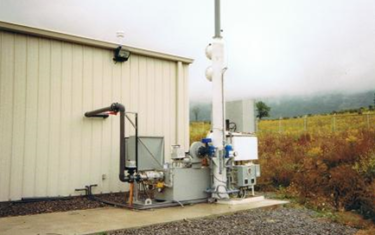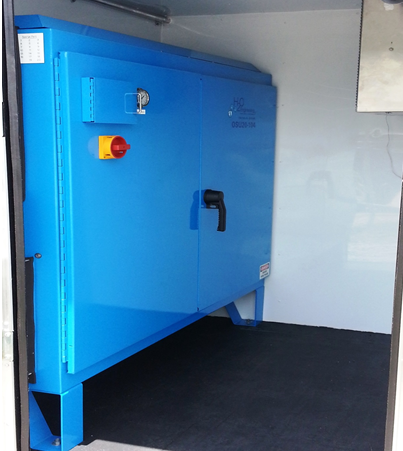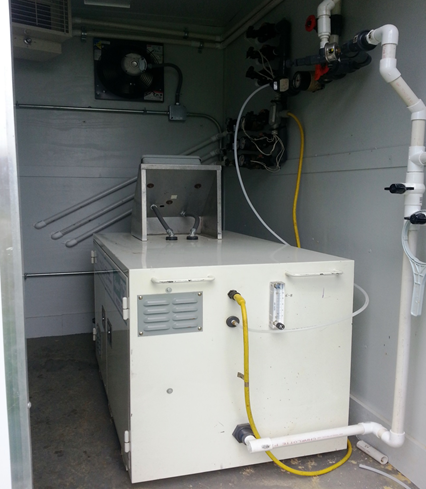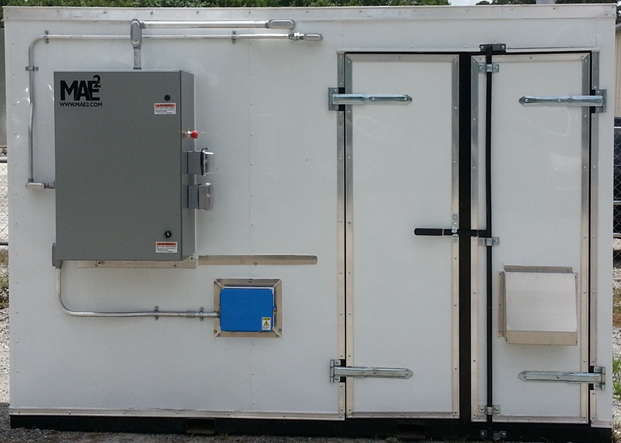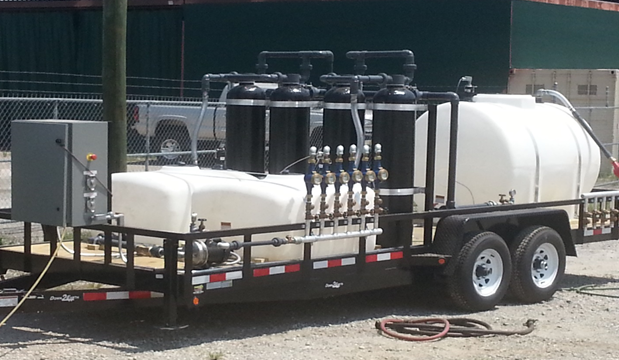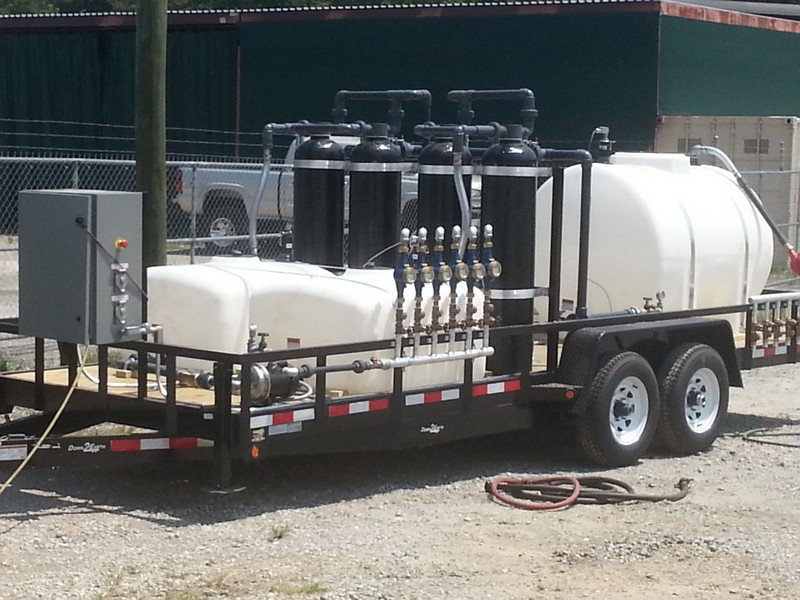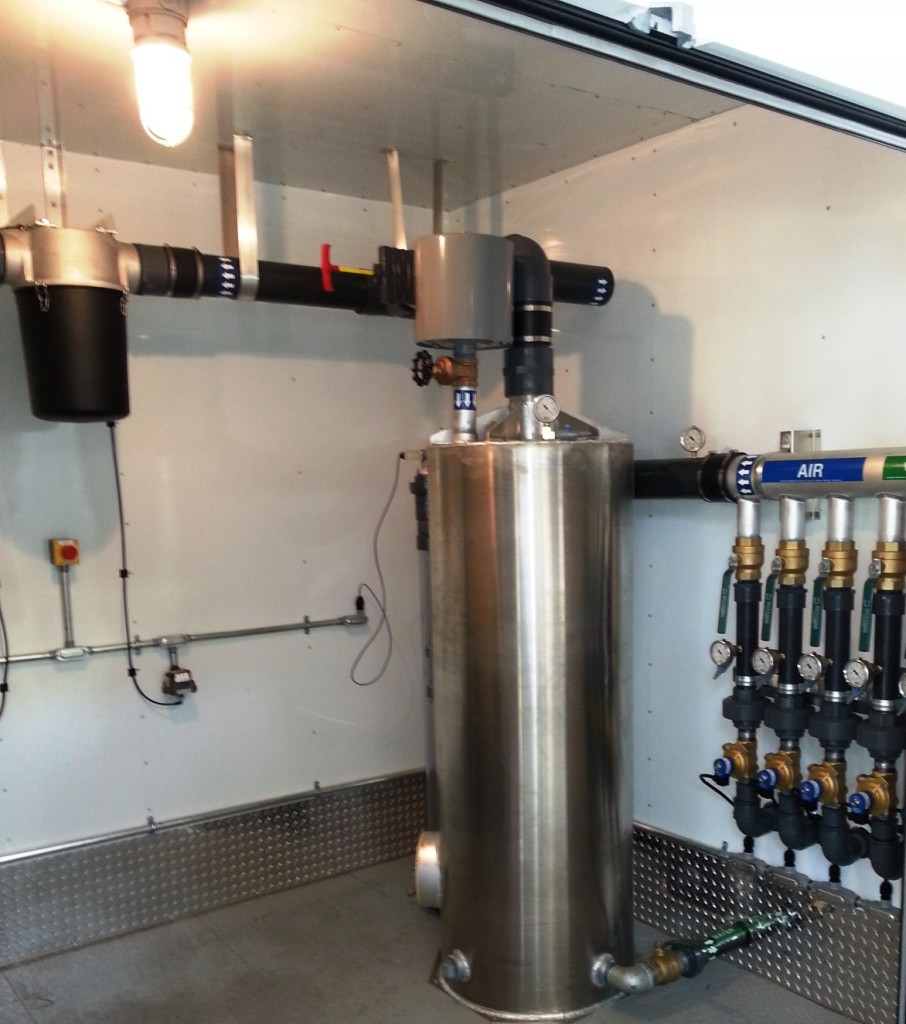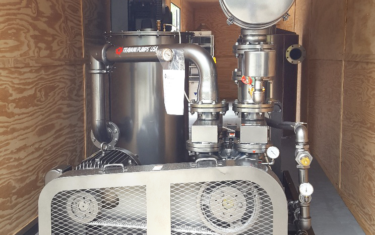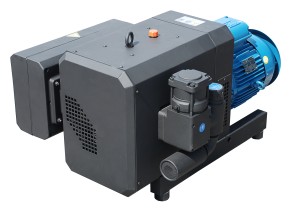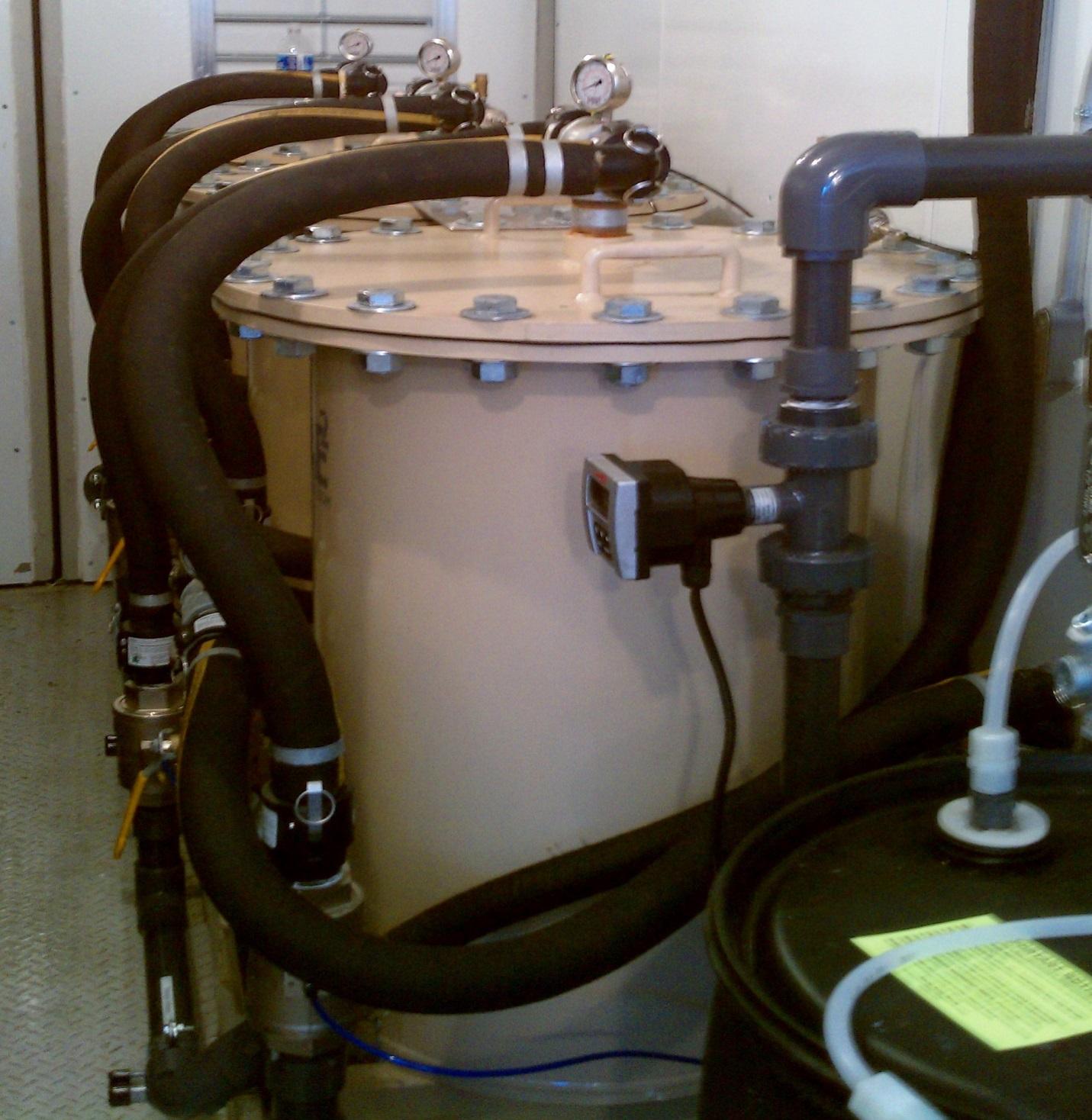Product
Gas Fired Thermal and Catalytic Oxidizers
Gas fired oxidizers use propane or natural gas as a supplemental fuel source to achieve destruction temperatures.
These systems are available with flow rates from 100-2500 SCFM. Traditional thermal units destruct vapor via flame incinerations while catalytic units use a heated precious metal block. The systems can be design to be converted from Thermal to Catalytic mode and are easily retrofitted in the field. MAE2 can provide new, used or rental units designed for your specific site needs.
Ozone Injection Systems
Ozone is one of the most powerful oxidants available and is twenty times more soluble in water than oxygen. The byproduct created from the breakdown of hydrocarbons by ozone is oxygen which creates more DO in the groundwater. Much like other injection technologies the key to success is delivery of the proper concentration and contact with the contaminated soils. The Ozone Injection Systems generate ozone on site and allow for easy adjustment of the ozone concentration and total volume. The systems have multiple injection ports to make certain to achieve contact with the contaminated soils. The systems are designed so they can easily be integrated into an existing or new SVE system.
Anaerobic Dechlorination Systems
Anaerobic Dechlorination Systems are designed to deliver substrates and nutrients to create the ideal site conditions for complete dechlorination of TCE, PCE, DCE and VC. The systems provide recirculation of the amended water throughout the site for maximum contact with the contaminated soils. The continuous operation allows for the correct mass delivery, and distribution to prevent biofouling and allow for complete dechlorination without stalling.
Aerobic Bioremediation Systems
Aerobic Bioremediation Systems are designed to deliver high volumes of dissolved oxygen and hydrocarbon degrading bacteria and nutrients to treat hydrocarbon contaminated sites. The systems provide consistent recirculation of oxygen-rich, nutrient-rich water to provide the critical requirements needed for successful in situ bioremediation. This recirculation provides the appropriate oxygen and nutrient volumes required to degrade the contaminant mass and continuous movement of the amendments throughout the site to provide maximum contact with the contaminated soils. These units can be stand alone or fully integrated into an existing or new Multi Phase Extraction System or Pump and Treat System.
Mobile Injection Trailer
Mobile Injection Trailers are ideal for sites with low concentrations, residual “hot spots”, or site specific goals like product removal. The injection trailers can be custom built to meet your needs. A typical mobile trailer will include a generator for power supply, electric extraction pumps, water tank, mixing tank, discharge tank, discharge pump, bag filtration, carbon treatment, and extraction and injection manifolds. This design is great for the application of chemical oxidants (hydrogen peroxide, permanganate, etc.), surfactant recirculation, and biological amendments.
Injection Platforms
The introduction of biological amendments, oxygen, chemical oxidants, nutrients, and surfactants can be very effective in reducing or degrading contaminants in soil and groundwater. The key to success for any of these approaches is contact with the contaminated soils. Continuous Injection and Recirculation can overcome the inefficiency associated with typical “slug” injection approaches. MAE2 has several injection platforms designed to achieve the contact and treatment your site requires.
Ozone Injection Systems
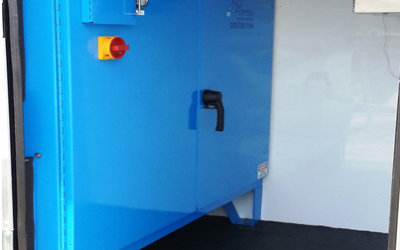
Anaerobic Dechlorination Systems
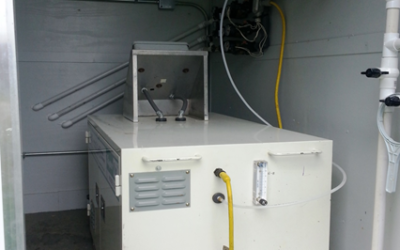
Aerobic Bioremediation Systems
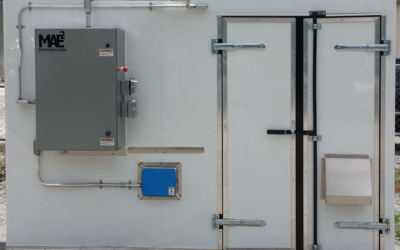
Mobile Injection Trailer
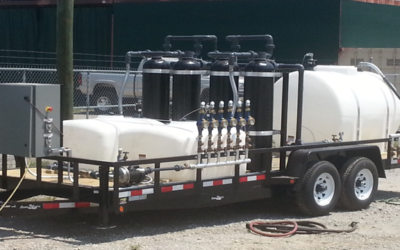
Vapor Liquid Separators
Regardless of the vacuum blower chosen, a vapor liquid separator should always be installed inline prior to the blower to capture extracted liquid and minimize on liquid carry over to the blower inlet.
Vapor Liquid Separators are sized based on air flow rates and retention time. At a minimum the VLS should include an inlet filter, ambient air dilution valve with control valve, discharge demister element, discharge pump with controls, and instrumentation – vacuum / pressure / temperature gauges.
Click to download MAE2 Vapor Liquid Separator Tanks data sheet
Liquid Ring Pump Systems
LRPs should be coupled with an inlet particulate filter-Integral seal oil reservoir with low oil level switch, coalescing air-oil separator element, pressure gauge, and sight glass air cooled seal oil heat exchanger with temperature control valve, high temperature switch and vacuum relief valve.
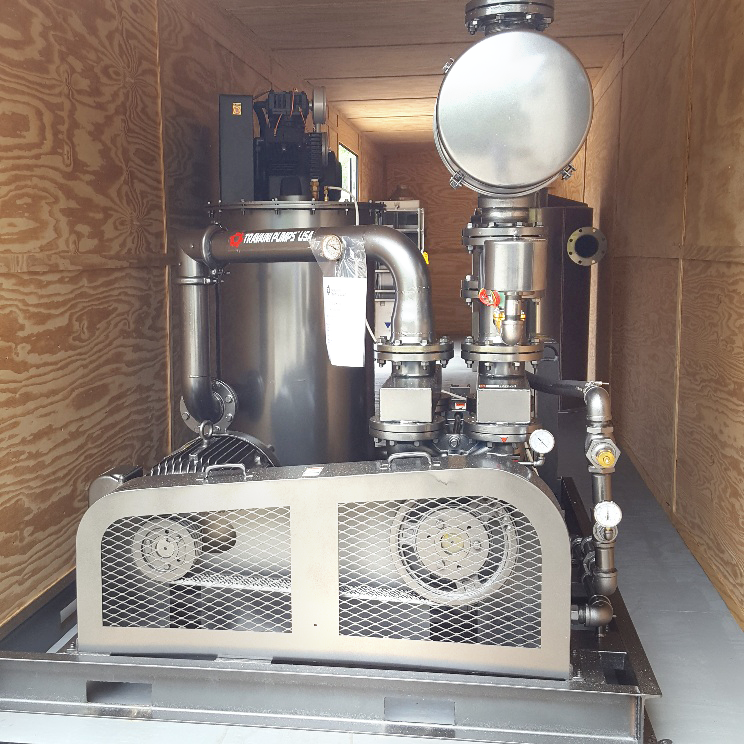
Rotary Claw Blowers
Rotary Claw Blower systems can operate in full range of vacuum with minimal maintenance issues. Rotary claws come in a wide range of horse power and can be plumbed in parallel to achieve higher airflow rates. The claw blowers should be coupled with an auto oiler to prevent lobes from seizing during long term shut down.
Vapor liquid separators should be installed prior to the rotary claw pump to prevent moisture carry over and transfer collected liquids to discharge point.
Sand/Media Filter
Media filters can be designed for a wide variety of solids. Typical media choices include Anthracite for course solids removal, Birm media for removal of Iron and Manganese, Filter-Lite/Sand for removal of suspended solids. These media can be installed in standard pressure vessels and designed with automatic backwashing features.
Click for downloadable PDF of MAE2 Filtration Media Datasheet

